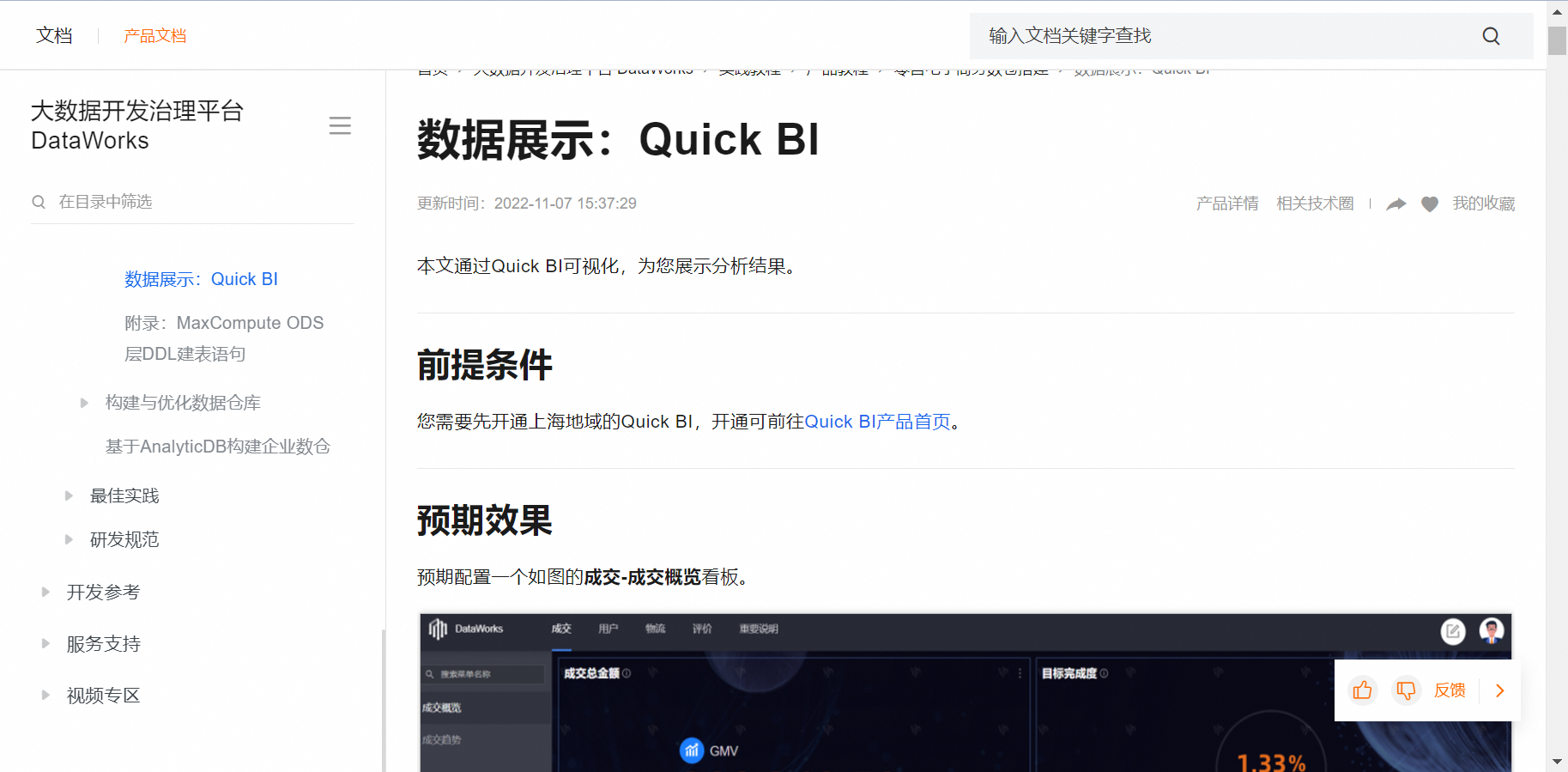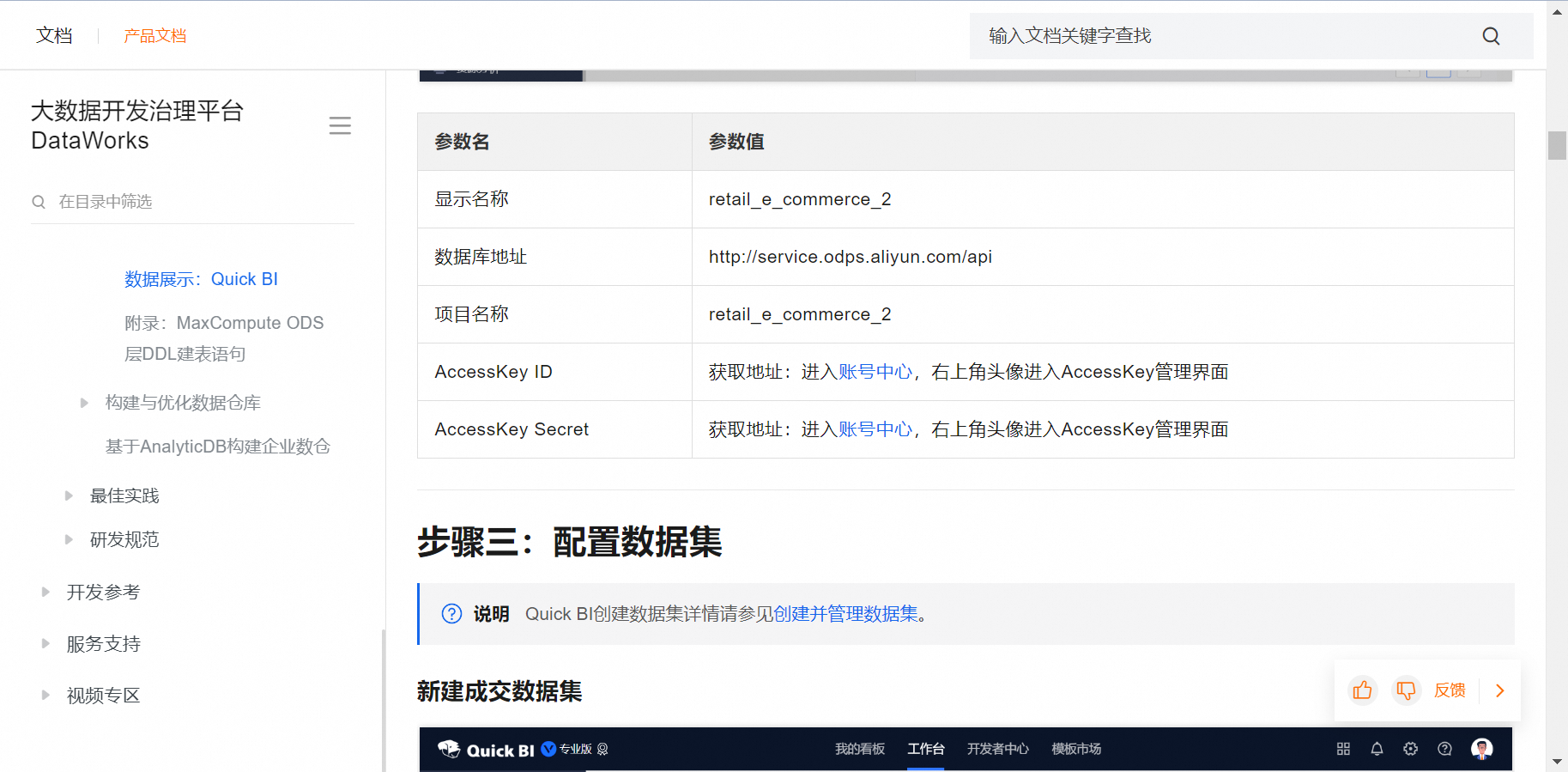
通过java在内网调用quick BI的api,完成对组织用户批量添加和删除等,谁能分享个demo参考一下
版权声明:本文内容由阿里云实名注册用户自发贡献,版权归原作者所有,阿里云开发者社区不拥有其著作权,亦不承担相应法律责任。具体规则请查看《阿里云开发者社区用户服务协议》和《阿里云开发者社区知识产权保护指引》。如果您发现本社区中有涉嫌抄袭的内容,填写侵权投诉表单进行举报,一经查实,本社区将立刻删除涉嫌侵权内容。
首先,确保你已经在你的项目中添加了Apache HttpClient的依赖。如果你使用的是Maven,可以在pom.xml文件中添加以下依赖:
<dependency>
<groupId>org.apache.httpcomponents</groupId>
<artifactId>httpclient</artifactId>
<version>4.5.13</version>
</dependency>
然后,你可以使用以下代码作为参考:
import org.apache.http.HttpEntity;
import org.apache.http.client.methods.CloseableHttpResponse;
import org.apache.http.client.methods.HttpPost;
import org.apache.http.entity.StringEntity;
import org.apache.http.impl.client.CloseableHttpClient;
import org.apache.http.impl.client.HttpClients;
import org.apache.http.util.EntityUtils;
public class QuickBIUserManagement {
private static final String ACCESS_KEY = "your_access_key";
private static final String ACCESS_SECRET = "your_access_secret";
private static final String REGION = "your_region"; // 如 "cn-shanghai"
private static final String QUICK_BI_API_URL = "https://quickbi." + REGION + ".aliyuncs.com";
public static void addUser(String username, String displayName) throws Exception {
String url = QUICK_BI_API_URL + "/v1/org/user";
String body = "{\"username\":\"" + username + "\",\"displayName\":\"" + displayName + "\"}";
makeApiCall(url, body);
}
public static void removeUser(String username) throws Exception {
String url = QUICK_BI_API_URL + "/v1/org/user/" + username;
makeApiCall(url, null, "DELETE");
}
private static void makeApiCall(String url, String body) throws Exception {
makeApiCall(url, body, "POST");
}
private static void makeApiCall(String url, String body, String method) throws Exception {
CloseableHttpClient httpClient = HttpClients.createDefault();
try {
HttpPost httpPost = new HttpPost(url);
if (body != null) {
StringEntity input = new StringEntity(body);
input.setContentType("application/json");
httpPost.setEntity(input);
}
httpPost.setHeader("Authorization", "Bearer " + getToken());
httpPost.setHeader("Content-Type", "application/json");
CloseableHttpResponse response = httpClient.execute(httpPost);
try {
System.out.println(response.getStatusLine());
HttpEntity entity = response.getEntity();
if (entity != null) {
EntityUtils.consume(entity);
}
} finally {
response.close();
}
} finally {
httpClient.close();
}
}
private static String getToken() throws Exception {
// 这里是一个简化版的示例,实际使用时需要实现获取STS Token的逻辑
return "your_sts_token";
}
public static void main(String[] args) throws Exception {
addUser("user1", "User One");
removeUser("user1");
}
}
这个示例中,addUser和removeUser方法分别用于添加和删除用户。makeApiCall方法负责实际的HTTP请求。注意,这个示例假设你已经获取到了STS Token,并将其作为Bearer Token传递给API。
要调用Quick BI的官方API,你可以参考以下步骤:
import com.aliyuncs.DefaultAcsClient;
import com.aliyuncs.IAcsClient;
import com.aliyuncs.exceptions.ClientException;
import com.aliyuncs.profile.DefaultProfile;
import com.aliyuncs.quickbi_public.model.v20200806.*;
public class QuickBiDemo {
public static void main(String[] args) {
String accessKeyId = "your_access_key_id";
String accessKeySecret = "your_access_key_secret";
String regionId = "your_region_id"; // 例如:"cn-shanghai"
DefaultProfile profile = DefaultProfile.getProfile(regionId, accessKeyId, accessKeySecret);
IAcsClient client = new DefaultAcsClient(profile);
AddUserRequest addUserRequest = new AddUserRequest();
addUserRequest.setInstanceId("your_instance_id");
addUserRequest.setUserName("user_name");
addUserRequest.setUserNick("user_nick");
addUserRequest.setUserEmail("user_email");
try {
AddUserResponse addUserResponse = client.getAcsResponse(addUserRequest);
System.out.println(addUserResponse.getMessage());
} catch (ClientException e) {
e.printStackTrace();
}
}
}
这只是一个基本的示例,你需要根据Quick BI API文档(https://help.aliyun.com/document_detail/161170.html)中的具体接口和参数进行调整。
调用阿里云Quick BI的API通常涉及到以下步骤:
准备工作:
添加依赖:
如果你使用Java,你需要添加阿里云SDK的依赖。在你的Maven pom.xml文件中添加以下依赖:
<dependency>
<groupId>com.aliyun</groupId>
<artifactId>aliyun-java-sdk-quickbi-public</artifactId>
<version>最新版本号</version>
</dependency>
import com.aliyuncs.DefaultAcsClient;
import com.aliyuncs.IAcsClient;
import com.aliyuncs.exceptions.ClientException;
import com.aliyuncs.profile.DefaultProfile;
import com.aliyuncs.quickbi_public.model.v20200806.AddUserRequest;
import com.aliyuncs.quickbi_public.model.v20200806.AddUserResponse;
import com.aliyuncs.quickbi_public.model.v20200806.DeleteUserRequest;
import com.aliyuncs.quickbi_public.model.v20200806.DeleteUserResponse;
public class QuickBIExample {
private static final String REGION_ID = "你的区域ID";
private static final String ACCESS_KEY_ID = "你的AccessKey ID";
private static final String ACCESS_KEY_SECRET = "你的AccessKey Secret";
private static final String ORG_ID = "你的组织ID";
public static void main(String[] args) {
// 创建DefaultAcsClient实例并初始化
DefaultProfile profile = DefaultProfile.getProfile(REGION_ID, ACCESS_KEY_ID, ACCESS_KEY_SECRET);
IAcsClient client = new DefaultAcsClient(profile);
// 批量添加用户
AddUserRequest addUserRequest = new AddUserRequest();
addUserRequest.setOrgId(ORG_ID);
addUserRequest.setUserList("[{\"nick\":\"user1\",\"email\":\"user1@example.com\"},{\"nick\":\"user2\",\"email\":\"user2@example.com\"}]"); // 用户列表
try {
AddUserResponse addUserResponse = client.getAcsResponse(addUserRequest);
System.out.println("添加用户结果:" + addUserResponse.getMessage());
} catch (ClientException e) {
e.printStackTrace();
}
// 批量删除用户
DeleteUserRequest deleteUserRequest = new DeleteUserRequest();
deleteUserRequest.setOrgId(ORG_ID);
deleteUserRequest.setUserIds("[\"user1\",\"user2\"]"); // 用户ID列表
try {
DeleteUserResponse deleteUserResponse = client.getAcsResponse(deleteUserRequest);
System.out.println("删除用户结果:" + deleteUserResponse.getMessage());
} catch (ClientException e) {
e.printStackTrace();
}
}
}
在这个示例中,我们首先创建了一个DefaultAcsClient实例,并使用AccessKey ID和AccessKey Secret进行了初始化。然后,我们分别调用了AddUserRequest和DeleteUserRequest来执行批量添加和删除用户的操作。
这个示例中的用户列表和用户ID列表是硬编码的,实际应用中你可能需要从数据库或其他数据源获取这些信息。同时,确保检查Quick BI API的实际参数和返回值,因为它们可能会随着API的更新而变化。
在使用上述代码之前,请确保你已经阅读了阿里云Quick BI API的官方文档https://help.aliyun.com/zh/quick-bi/developer-reference/api-quickbi-public-2022-01-01-dir/?spm=a2c4g.11174283.0.0.746faf51eNtod3,并了解相关的权限和限制。

DataWorks基于MaxCompute/Hologres/EMR/CDP等大数据引擎,为数据仓库/数据湖/湖仓一体等解决方案提供统一的全链路大数据开发治理平台。